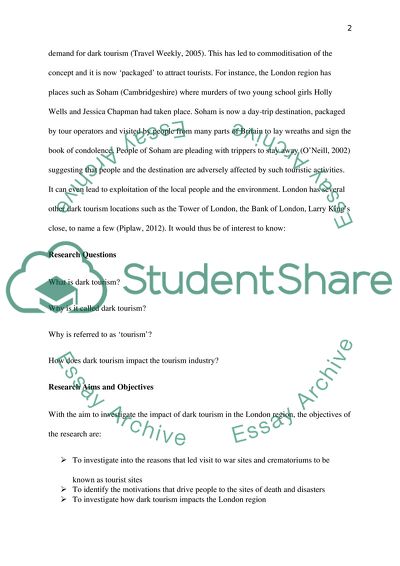Cite this document
(“Project Proposal (An Investigation of Social/ Culture Impacts of Coursework”, n.d.)
Project Proposal (An Investigation of Social/ Culture Impacts of Coursework. Retrieved from https://studentshare.org/tourism/1605177-project-proposal-an-investigation-of-social-culture-impacts-of-tourism-in-london
Project Proposal (An Investigation of Social/ Culture Impacts of Coursework. Retrieved from https://studentshare.org/tourism/1605177-project-proposal-an-investigation-of-social-culture-impacts-of-tourism-in-london
(Project Proposal (An Investigation of Social/ Culture Impacts of Coursework)
Project Proposal (An Investigation of Social/ Culture Impacts of Coursework. https://studentshare.org/tourism/1605177-project-proposal-an-investigation-of-social-culture-impacts-of-tourism-in-london.
Project Proposal (An Investigation of Social/ Culture Impacts of Coursework. https://studentshare.org/tourism/1605177-project-proposal-an-investigation-of-social-culture-impacts-of-tourism-in-london.
“Project Proposal (An Investigation of Social/ Culture Impacts of Coursework”, n.d. https://studentshare.org/tourism/1605177-project-proposal-an-investigation-of-social-culture-impacts-of-tourism-in-london.


